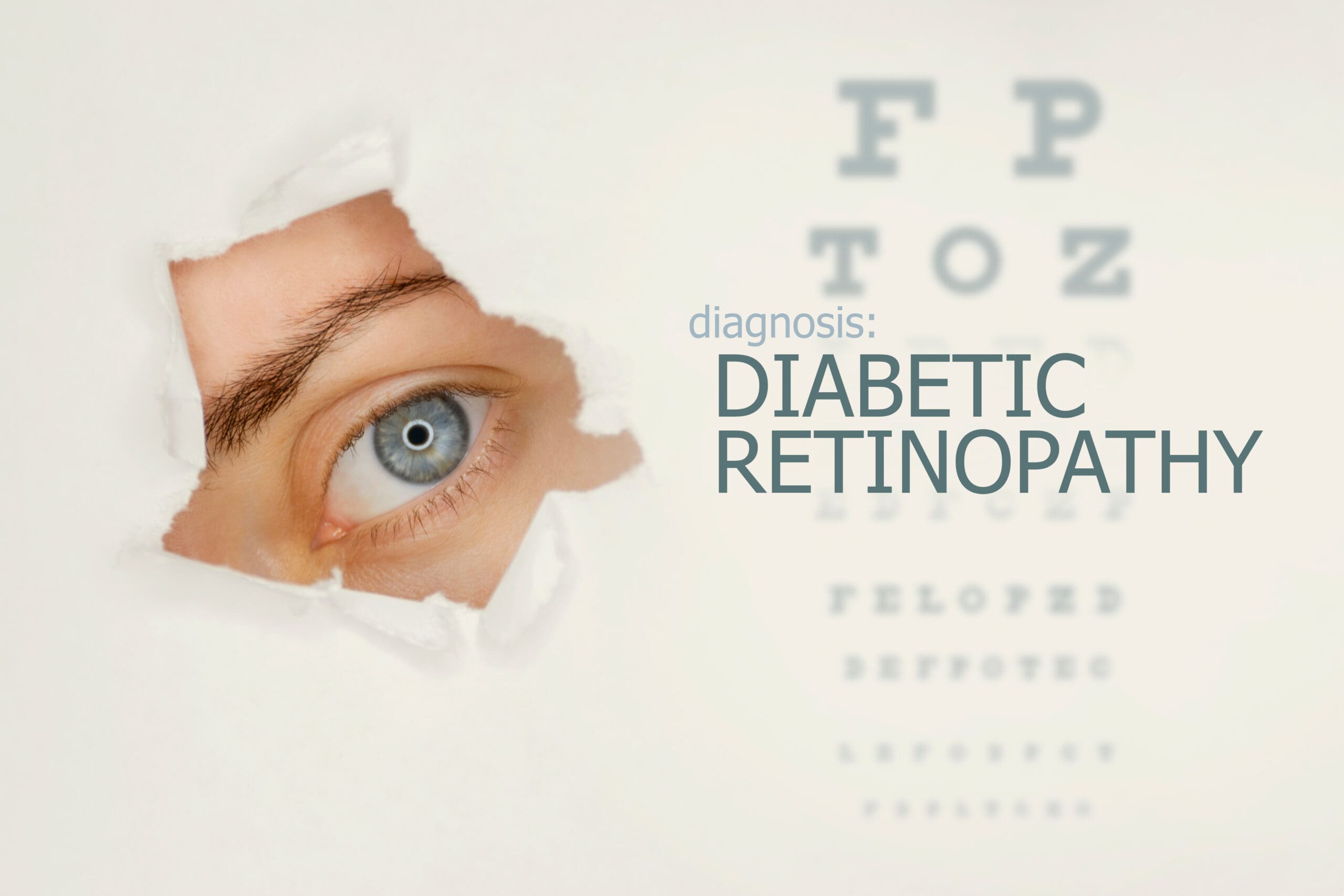
Panretinal laser photocoagulation for Diabetic Retinopathy
This blog has been contributed Dr. Fahd Quhill, Consultant Ophthalmologist in Medical Retina and Ocular inflammatory disease
Panretinal laser photocoagulation is gold standard for treating proliferative diabetic retinopathy; it is still the only available treatment that will provide a diabetic patient with long term regression of their diabetic changes and prevent further vision impairment.
What does laser treatment involve?
Dilating drops will be instilled on the day, to dilate your pupils with additional drops given by the nurse to numb the surface of the eye. Then the doctor will position you at the laser, whereby a contact lens will be placed on the front of the eye to keep the eyelids open and to allow the doctor to visualize the back of the eye and apply the required laser beams accordingly. It is important you keep still during the procedure and listen carefully and follow the instructions given by the doctor. It normally takes 10 to 20 minutes to complete a laser treatment, all dependent on the type of laser and number of laser burns the doctor needs to apply.
Is laser painful?
Some patient do feel some discomfort; it is normally a pricking sensation that they can perceive when certain areas of the retina are treated.
How long will it take my vision to recover?
Normally immediately after the laser, your vision will be dark, this is normal and not a cause for concern; it is due to the back of the eye being exposed to the light. Within a few minutes it will clear, but it will take up to 24 hours for your vision to return to its previous level where you will be able to resume your normal daily activities.
You may experience mild eye ache after laser, and there is no harm in taking mild painkillers to help with the discomfort.
You also may notice a few floaters within the vision, which do eventually improve and settle with time.
What are the side effects of panretinal laser photocoagulation for diabetic retinopathy?
Well for effective treatment, we need treat to the peripheral areas of the retina to regress the abnormal changes and stabiles vision. But within the peripheral retina, the cells that are important for your peripheral vision and night vision reside. So you may notice a reduction in your night vision, and perceive changes within the peripheral field, often this settles with time and you quickly adapt. However these side effects commonly occur in patients who have received multiple laser treatments for diabetic retinopathy.
Also occasionally if you have pre-existing diabetic maculopathy, leakage or swelling at the central vision, panretinal laser can worsen these changes leading to blurred vision. Often this is self-limiting and it will spontaneously resolve, but occasionally intravitreal injections into the eye are required to reduce leakage and rehabilitate your vision.
Don’t forget?
We cannot always guarantee stabilsation and regression of your diabetic changes with a single laser treatment, often patients will require multiple laser treatments to achieve this goal. Or patients ocular condition needs intravitreal injections to be combined with retinal laser for the best results and visual outcome.